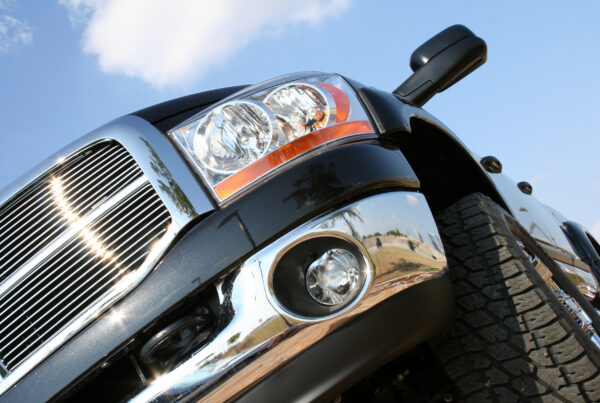As the COVID-19 pandemic ccontinues to build, it’s an important chance for us all as employees to reconsider how we are handling risk within the mobile office.
While our primary aim at this point of time is to prevent the virus from spreading to people, the below safety tips are an important reminder that safety is something we always need to be talking about.
Organisations need to continually assess their systems, processes and procedures against the nature of their business and identified transport needs to ensure that ‘Reasonable Steps’ have been taken to manage the risk.
Reasonable steps will consist of a set of defined processes and procedures that are actively managed to ensure that they are and remain functional and relevant.
Any journeys undertaken on behalf of or authorised by the company are a potential hazard.
Understanding these hazards requires an analysis of the:-
- Nature of the business and its transport needs;
- Specialist nature of the transport task including any special features such as dangerous, long, heavy, wide loads etc;
- Method of transport to be used;
- Alternative modes of transport available.
From this analysis the organisation is required to document the risk review and the outcomes as well as to ensure the risk assessment is suitable and sufficient.
The organisation must then match the risk to existing precautions to ensure that:
- All information on safety incidents are monitored, analysed and that systems and procedures are reviewed and modified as required;
- Reviews of KPI’s are undertaken to ensure their continued relevance to changing circumstances, new equipment and changing legislation;
- Those who might be affected have been consulted;
- People or groups at risk within the organisation are identified;
- People at risk outside the organisation, employee families etc. are identified;
- The allocation of company vehicles is adequately addressed;
- The skill set (licence/experience/skills/competency required) is clearly defined;
- Vehicle selection process is adequately addressed;
- Preventative maintenance is conducted to reduce risk of vehicle failure;
- The skills of the vehicle driver are adequate for the defined task;
- Driver details are recorded;
- Action to be taken in the event of a system failure (collision/breakdown etc.) is identified.
The following information has been derived from AfMA’s Fleet Management Guide which is available as a complimentary resource in full for our members. To enquire about membership please don’t hesitate to send us an email at [email protected]




















